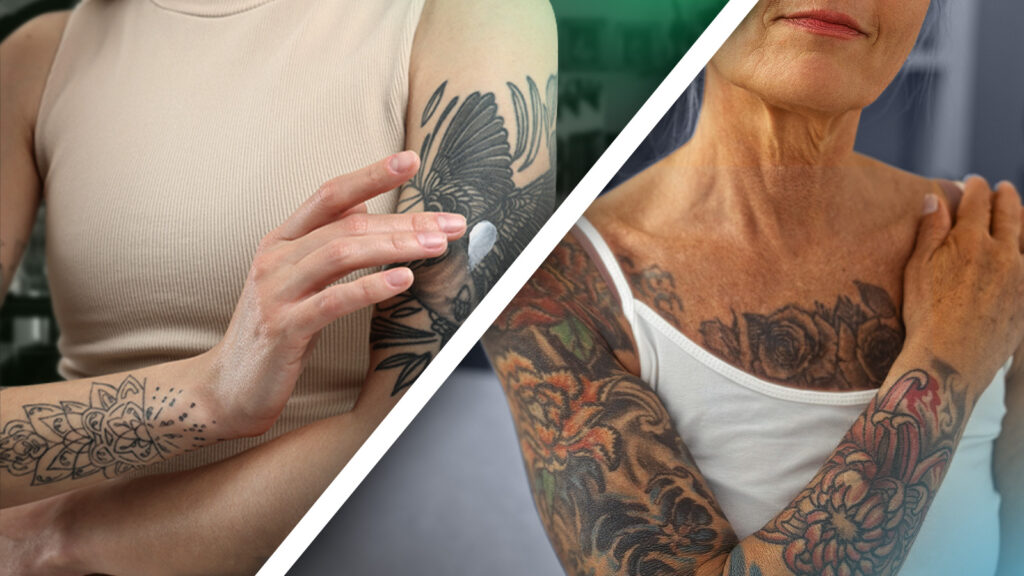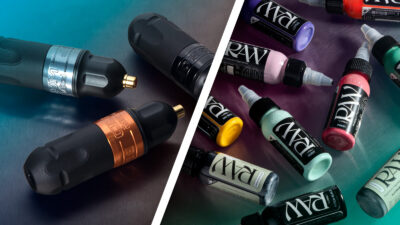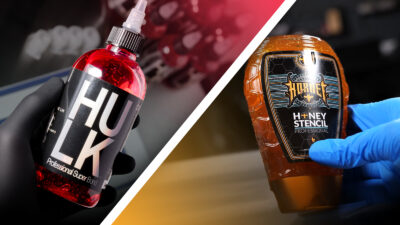Ageing Tattoos: What You Need to Know
Tattoos are timeless works of art, but just like the skin they’re on, they age over time. Whether you’re admiring your first piece or planning your next, understanding how tattoos age can help you preserve their vibrancy for years to come.
In this guide, we’ll cover what affects tattoo longevity, the best ways to care for your tattoos, and why proper aftercare products are essential to maintaining the art on your skin.

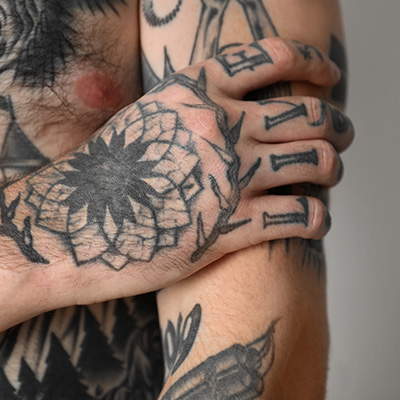
Factors That Influence Tattoo Ageing
While tattoos are permanent, their appearance changes as your skin naturally ages. Over time, your skin loses elasticity and becomes thinner, which can cause tattoo lines to blur or stretch slightly.
The ageing process of a tattoo is influenced by several factors, some of which are out of your control. But, understanding these factors can help you make informed decisions about placement, design, and aftercare to ensure your tattoo remains vibrant for as long as possible.
- Sun Exposure: The sun is one of the biggest culprits behind tattoo ageing. Ultraviolet (UV) rays break down the pigments in tattoo ink over time, causing colours to fade and lines to blur. Areas frequently exposed to sunlight, like the arms, hands, and neck, are particularly vulnerable.
- Placement: Where your tattoo is placed plays a significant role in how it ages. Tattoos on areas of the body that experience frequent movement or friction, such as fingers, feet, or joints, tend to age more quickly. Tattoos in areas with thinner skin, like the hands or ankles, are also more prone to fading and distortion.
- Skin Type and Condition: The quality of your skin affects how your tattoo will age. Dry or poorly moisturised skin can cause a tattoo to lose its vibrancy faster. Similarly, as skin naturally loses collagen and elasticity with age, tattoos in areas prone to sagging may distort or lose definition. Keeping your skin hydrated with products like Hustle Butter Deluxe can slow down these effects.
- Ink Quality and Tattoo Technique: The quality of the ink and the artist's technique have a significant impact on how well a tattoo ages. High-quality inks, such as World Famous Limitless and Kuro Sumi Imperial, and proper application ensure better longevity. An experienced artist will also consider factors like needle depth and skin type to minimise trauma and promote better healing.
- Tattoo Aftercare: Proper aftercare during the healing process is critical for ensuring your tattoo ages well. Neglecting aftercare, such as skipping moisturising or exposing the tattoo to harsh elements too soon, can lead to uneven healing, fading, or scarring.
By understanding these factors, you can make choices that help preserve the beauty of your tattoos and reduce the signs of ageing.
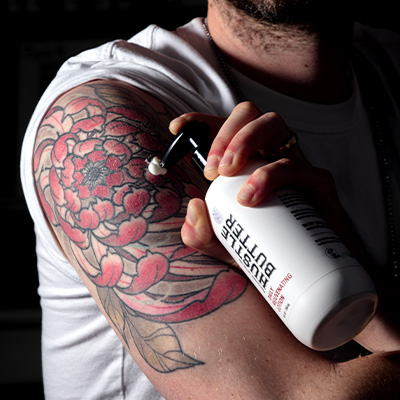
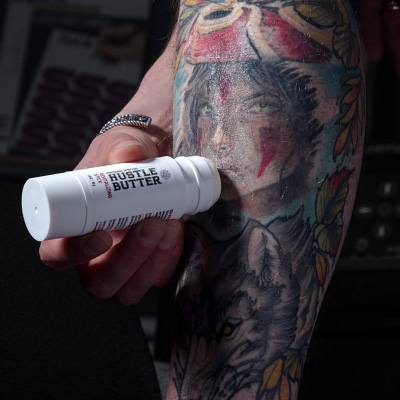
Signs of an Ageing Tattoo
As tattoos age, they may start to look a little different than they did when they were freshly inked. While some changes are expected over time, knowing what to look out for can help you identify the natural signs of ageing and decide whether it’s time for a touch-up or extra care.
- Fading colours: One of the most common signs of ageing tattoos is colour fading. Vibrant shades like reds, blues, and yellows tend to lose their intensity over the years, especially if the tattoo has been exposed to the sun without proper protection. Black ink, while more durable, can also fade and appear dull over time.
- Blurred Lines: Sharp, crisp lines can begin to soften and blur as the skin loses elasticity and collagen with age. This effect is more noticeable in tattoos with fine details, such as intricate line work or text.
- Loss of Definition: Over time, tattoos may lose some of their contrast as darker colours become less bold and lighter areas begin to fade.
- Skin Texture Changes: As your skin naturally ages, wrinkles, stretch marks, and sagging can alter the appearance of your tattoo. This is especially true for tattoos in areas of the body prone to movement or weight changes, such as the stomach, thighs, or hands.
- Changes in Placement or Shape: As the body changes over time, tattoos in certain areas may shift slightly. For example, tattoos on the chest or stomach may stretch or distort with weight fluctuations, while tattoos on the hands or fingers can experience more wear due to constant movement and exposure.
By recognising these signs, you can stay proactive in caring for your tattoos and preserving their vibrancy. Regular aftercare, touch-ups, and protective measures like sunscreen can help minimise these effects and keep your ink looking its best for years to come.
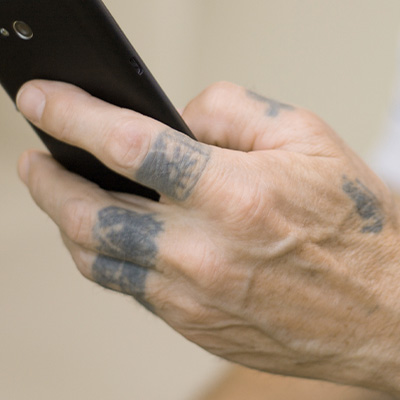
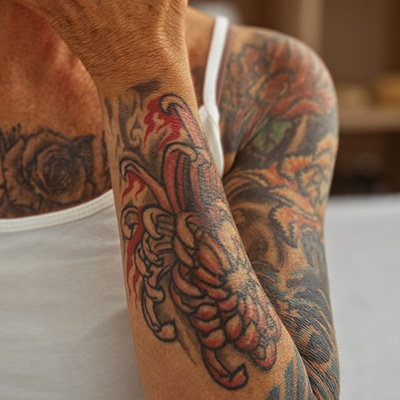
How to Maintain a Fresh-Looking Tattoo
Here are some tips and tricks for how to keep your tattoos looking fresh!
- UV Protection: One of the biggest threats to tattoo longevity is sun exposure. Whether your tattoo is new or has been with you for years, sunscreen is a must. Regular use of sunscreen with high SPF, such as Easy Tattoo’s Extreme Sun Block Stick with SPF50, can help protect your tattoos from sun damage.
- Start Strong with Proper Aftercare: The first few weeks after getting a tattoo are crucial for long-term results. Consistent care, including using aftercare products like the Recovery Derm Shield bandages and the Hustle Butter Tattoo Aftercare Wrap, can ensure a comfortable and hygienic healing process and help prevent any damage or fading early on.
- Hydrate Your Skin Regularly: A well-hydrated tattoo looks brighter and more defined. Even after your tattoo has healed, keeping your skin moisturised is key to preserving its appearance. Hustle Butter’s Daily Rejuvenating Lotion is perfect for dry skin and dull tattoos!
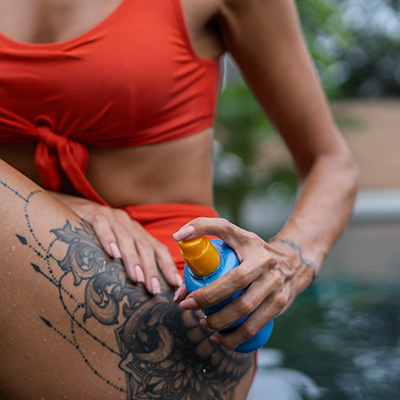

Can Ageing Tattoos Be Revived?
If your tattoo has started to fade or blur, don’t worry—there are ways to bring it back to life. Many artists offer touch-ups to refresh faded colours or sharpen blurred lines.
Ageing is a natural part of life, and tattoos are no exception. But with the right knowledge and understanding of how to care for your tattoos, you can keep them looking fresh for longer!
[products skus="HBD-5OZTUB,EASY-SUN50/10,1-HBD-WRAP,RECROLL-DRMSHI,HBD-LOTION9OZ"]You May Also Like
-
April 14, 2025
Tattoo Trends 2025
From tattoo inks to machines and aftercare, here are the hottest tattoo trends for 2025 to help you stay ahead of the game!Read More -
March 24, 2025
Best Colour Tattoo Inks 2025
Whether you're looking for inks with intense saturation, smooth application, or vegan and cruelty-free formulas, this guide will help you find the best colour tattoo inks to suit your preferences!Read More -
February 24, 2025
Best Stencil Primer 2025
Here are our favourite solutions for excellent stencil application - most of which also work with skin markers - and keep on reading for a bonus section on the best stencil erasers!Read More
Latest
-
April 21, 2025
More Than Words - Best Tattoo Lettering
In this blog you’ll find a huge range of tattoo script styles, from delicate handwriting to big, bold statements, in both simple and complex ways.Read More -
April 17, 2025
Gods of Ink Tattoo Convention 2025 Video
The Gods of Ink convention in Frankfurt, hosted by industry legend Miki Vialetto, is always a huge highlight of our year!Read More -
April 14, 2025
Tattoo Trends 2025
From tattoo inks to machines and aftercare, here are the hottest tattoo trends for 2025 to help you stay ahead of the game!Read More
